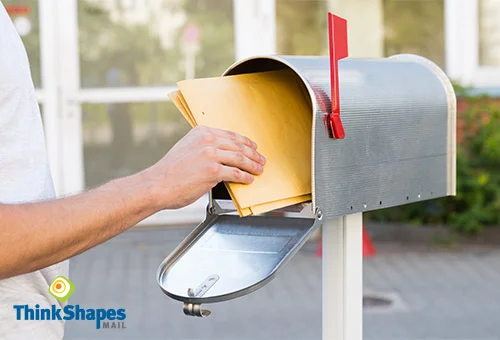Digital on-demand printing saves dollars and the environment.
If you’ve ever worked in an office, chances are you’ve seen this scenario: A new set of brochures comes in, and the old ones go into the trash. That’s not only a waste of money, it’s a serious waste of resources.
According to the U.S. Environmental Protection Agency (EPA), on average 34 million tons of paper gets thrown into landfills either because of user choice or because recovery was not feasible. Of all municipal solid waste before recycling, a whopping 31% of it is paper, making it the largest component in the landfill. Of that 31%, only 19% is recovered and exported, including tissue products and retained documents. Even more startling, across the Fortune 1000 companies, office document expenditures exceeds $220 billion. According to the Minnesota Office of Environmental Assistance, associated costs could be as much as 31 times the purchasing cost of paper, which includes not only the retail price, but storage, copying, printing, postage, disposal and recycling. So what’s the solution? Companies who switch to print-on-demand have reported savings as much as 27% in their printing costs alone, according to American Digital.
“There is no reason to print hundreds of employee handbooks if you only hire 10 to 20 people a year,” said Jim O’Brien, co-owner of Tampa-based ThinkShapes Mail. “That logic also applies to brochures, safety manuals, annual reports, and event programs. Why print more than you need? It costs time, money, resources, and reduces your storage capacity.”
ThinkShapes Mail’s digital presses allow them to print booklets with up to 88 pages of content that can be saddle-stitched for an offset printed appearance at a fraction of the cost. For documents that require frequent updating, like shareholder reports, the advantages of on-demand printing become even clearer.
“At a time when companies have been tightening their belts and looking for ways to cut costs, digital on-demand printing is a no brainer,” said O’Brien. “It’s an eco-friendly way to preserve your brand and your bottom line.”



